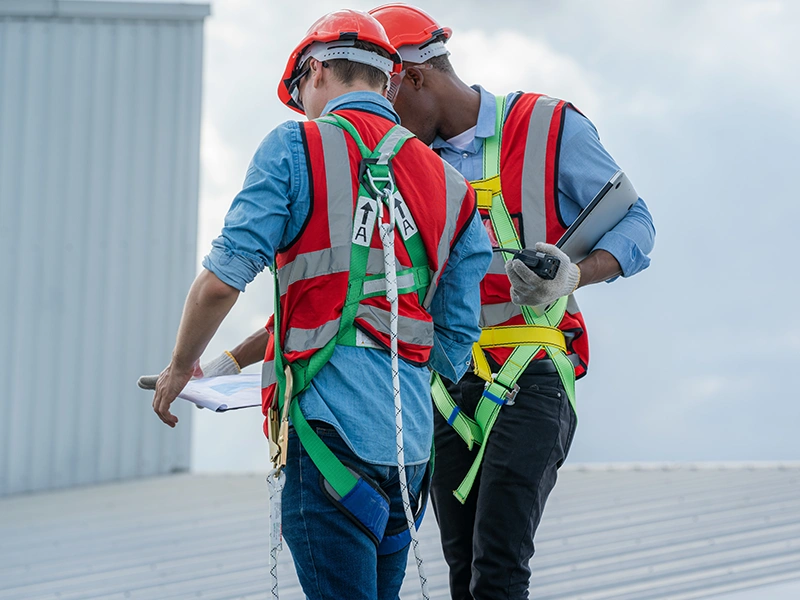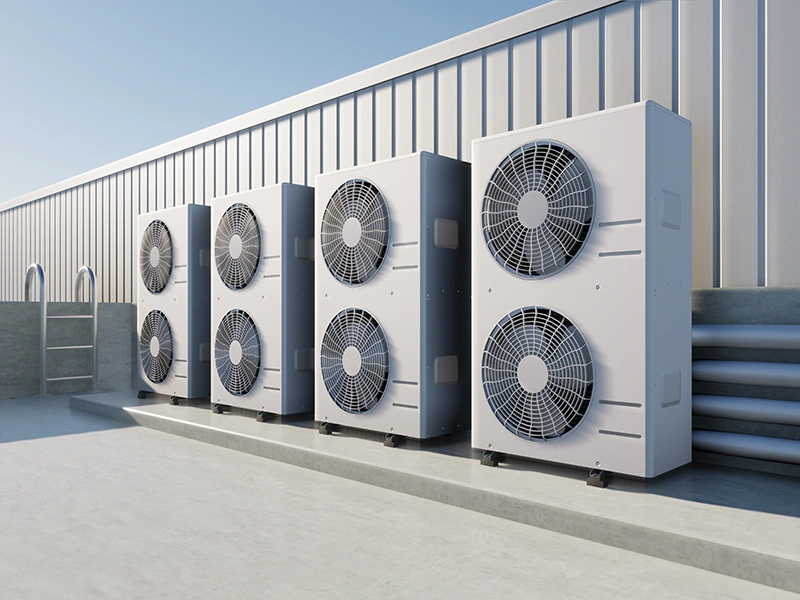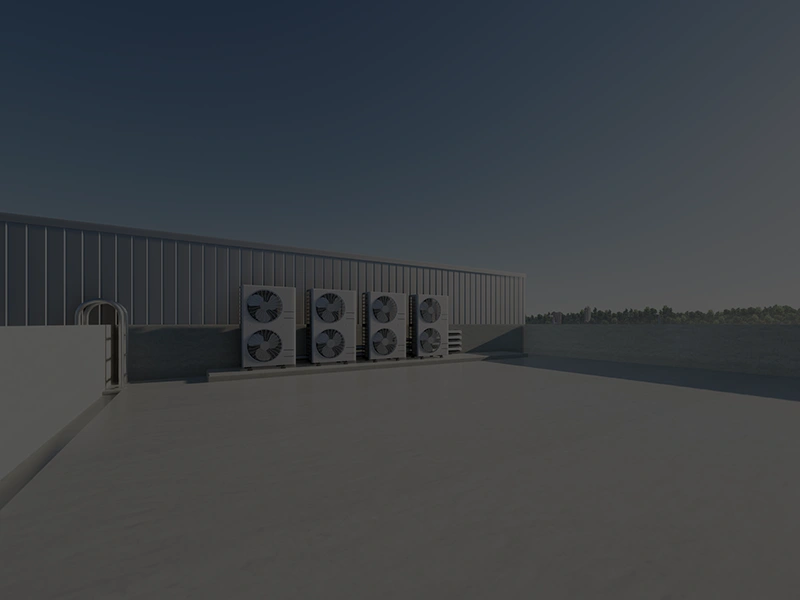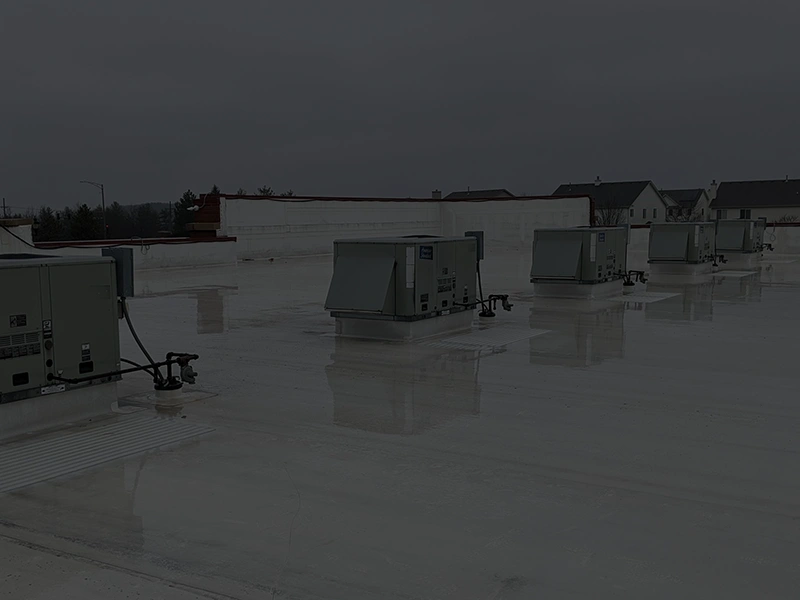Midland Construction Coatings has put together this comprehensive & actionable commercial roof spring cleaning, management, & maintenance checklist that can significantly enhance the lifespan of a roof & ensure the safety & energy efficiency of a commercial building. This checklist was designed to help property & facility managers effectively manage & maintain their commercial roofs. Being proactive after a long & sometimes difficult winter can catch issues before they become expensive problems.
Commercial Roof Cleaning, Management, & Maintenance Checklist
1. Inspection & Documentation
Conduct a Detailed Roof Inspection: Engage a professional roofing contractor to perform a thorough inspection of the roof to identify any signs of damage, wear, or other issues.
Document Inspection Findings: Keep a detailed record of the inspection results, including dates, specific issues identified, and photographs of the roof’s condition.
2. Cleaning
Remove Debris: Clear leaves, branches, and other debris that have accumulated on the roof and in gutters and downspouts to prevent blockages and water pooling.
Clean Drains and Gutters: Ensure all drainage systems are free of debris to prevent water accumulation that can lead to leaks and structural damage.
Mold, Algae, and Stain Removal: Use appropriate cleaning solutions to remove mold, algae, and stains from the roof surface, which can deteriorate roofing materials over time.
3. Repair Any Damages
Seal and Repair Leaks: Address any leaks identified during the inspection immediately to prevent water damage to the building interior and roof structure.
Fix Damaged or Worn Areas: Repair or replace damaged roofing materials, such as broken tiles, punctured membranes, or compromised flashing.
Address Ponding Water: Work with roofing professionals to correct any areas of ponding water, which can indicate improper drainage or structural issues.
4. Preventative Maintenance
Apply Protective Coatings: Consider applying UV-protective roof coatings to extend the roof’s lifespan and improve its reflective properties for better energy efficiency.
Check and Tighten Fasteners: Loose fasteners can lead to roof instability; ensure they are tightened and in good condition.
Reinforce Roof Flashings: Inspect and reinforce roof flashings around vents, chimneys, and other penetrations to prevent water ingress.
5. Vegetation Management
Trim Overhanging Tree Branches: Cut back any tree branches that overhang the roof to reduce debris accumulation and the risk of damage from falling limbs.
Control Rooftop Vegetation Growth: If applicable, manage the growth of vegetation on green roofs to ensure it does not interfere with roof performance and drainage.
6. System Checks & Upkeep
Inspect and Maintain Rooftop Equipment: Check that HVAC units, solar panels, and other rooftop equipment are properly secured and not damaging the roof surface.
Ensure Safe Access Routes: Verify that paths and access points for maintenance personnel are clear and safe to use.
7. Record-Keeping & Planning
Update Maintenance Records: Keep detailed maintenance logs with dates, actions taken, and any repairs performed.
Plan for Regular Maintenance: Schedule the next roof inspection and maintenance activities, adhering to a regular maintenance program.
8. Budget Review & Forecasting
Review Maintenance Budget: Assess the current fiscal year’s roofing maintenance expenditures and adjust budgets accordingly for the upcoming period.
Plan for Future Repairs or Replacement: Based on the roof’s condition and projected lifespan, begin planning for any significant repairs or replacement that may be necessary in the near future.
9. Professional Consultation
Engage With Roofing Experts: Regularly consult with roofing professionals to receive expert advice on the condition of the roof and best practices for maintenance and repair.
Stay Informed on Industry Best Practices: Keep abreast of the latest roofing technologies, materials, and maintenance strategies to ensure the roof is managed effectively.
Adhering to this comprehensive spring cleaning, management, and maintenance checklist will help ensure that commercial roofs remain in optimal condition, protecting the asset and minimizing unexpected repair costs. Regular maintenance not only extends the lifespan of a roof but also supports the overall safety and energy efficiency of the building. Property and facility managers are encouraged to customize this checklist to fit the specific needs and conditions of their commercial roofs, ensuring all aspects of roof care are addressed efficiently and effectively.
Ready to fortify your commercial roof and protect your business investment? Contact us today for a FREE consultation and quote. Your reliable roof is just a message away!
#CommercialRoofing #RoofCoatings #EnergyEfficiency #ProtectYourInvestment #BusinessSolutions






